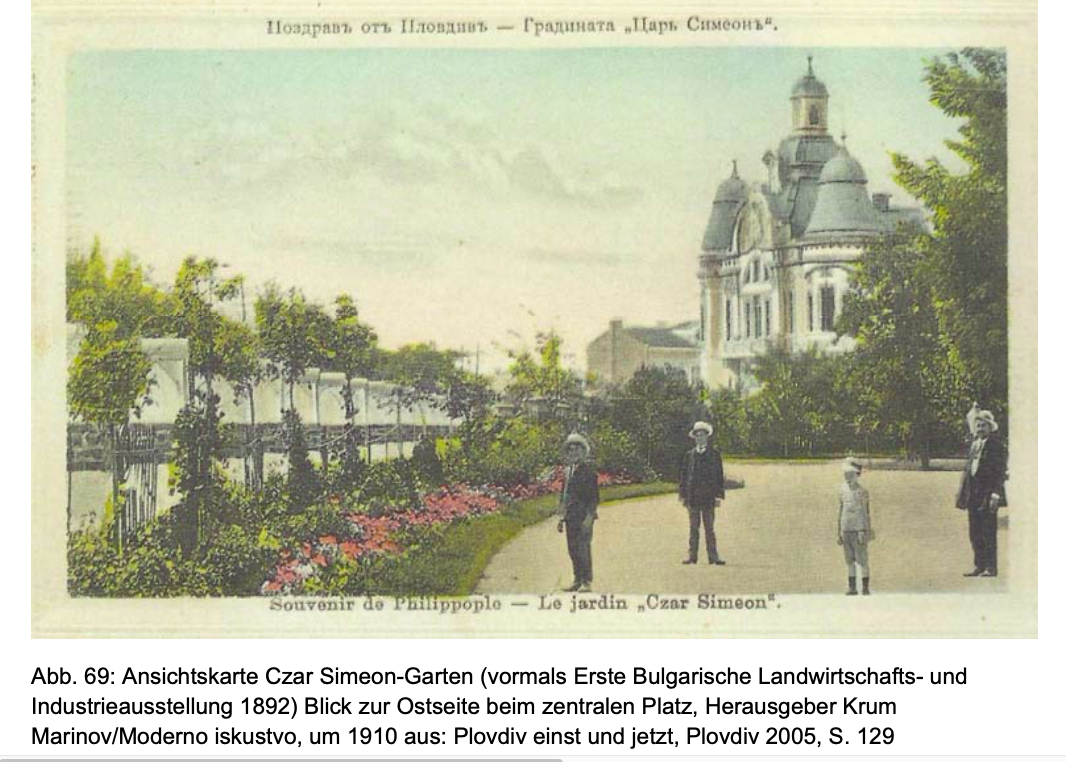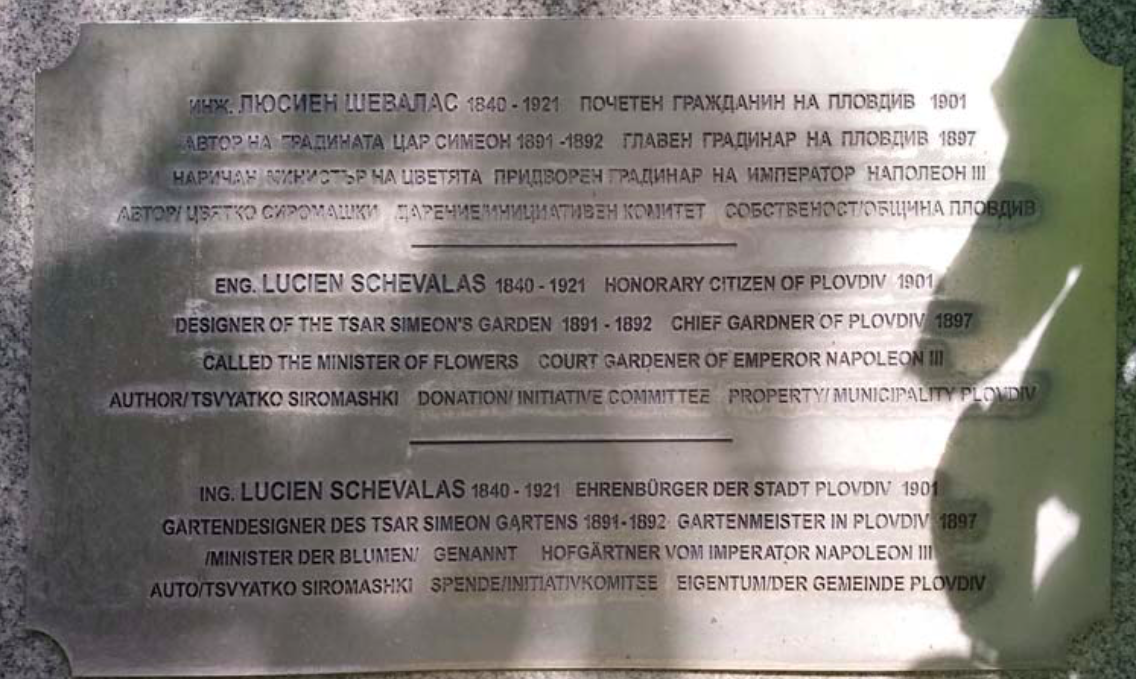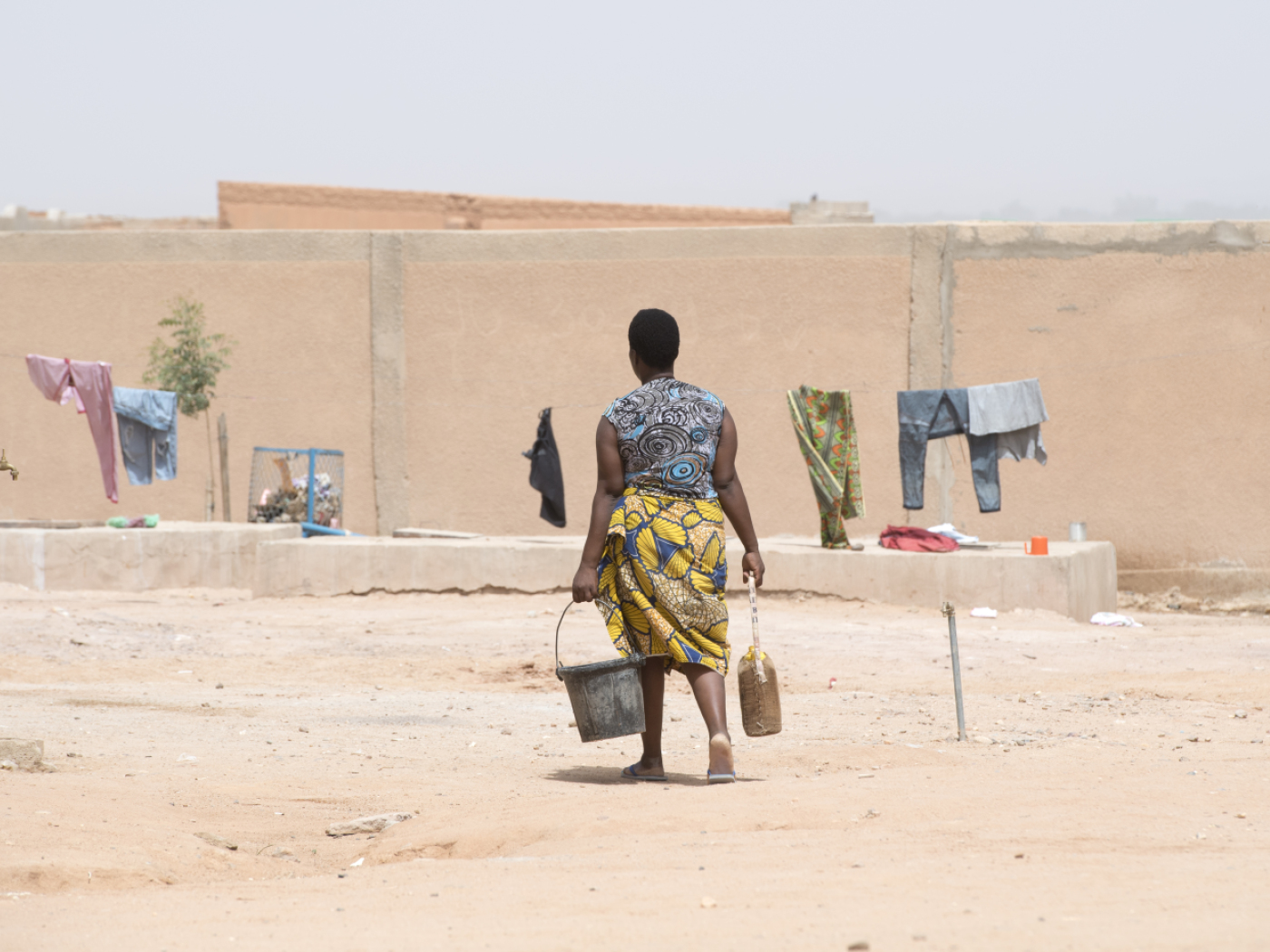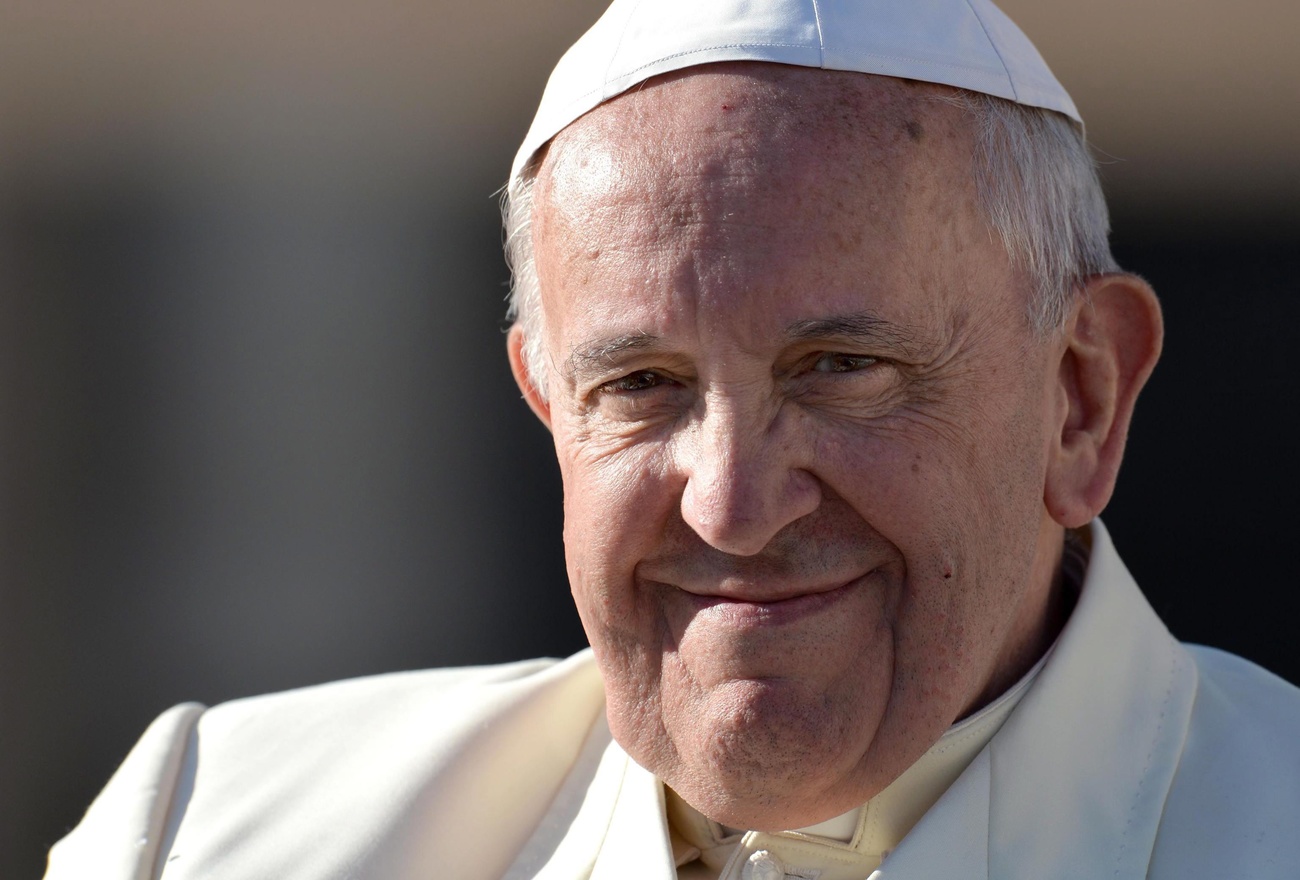How a Swiss gardener became Bulgaria’s ‘minister of flowers’

More than a century ago, Swiss landscape architect Lucien Chevallaz had a profound impact on the southern Bulgarian city of Plovdiv. He introduced new plants and modern horticultural techniques to the young nation state in southeast Europe.
When Lucien Chevallaz travelled to Plovdiv in southern Bulgaria in 1879, which was still known by its Greek name Philippopolis, he was not driven by adventure or Balkan romanticism.
Unlike many Swiss emigrants of his time, it was not poverty that led him to seek a better life abroad. At the age of 39, Chevallaz was already a sought-after landscape architect, and Plovdiv was the next stage in his promising career.
Almost a century earlier, in 1875, Chevallaz arrived in a city that was full of optimism. Plovdiv was the centre of the Bulgarian National Revival, a period of socio-economic integration among Bulgarian people and a movement which campaigned against Ottoman rule and in favour of the establishment of an independent state.
+ Get the most important news from Switzerland in your inbox
Although Sofia was larger, and ultimately became the capital of the new united Bulgaria, the most important developments in religion and education took place in Plovdiv.
Over the next few decades, Chevallaz would leave his mark on the city and the entire newly founded country, not only in aesthetic terms, but also in practical matters.
Chevallaz was not the only Swiss to help shape the young Bulgarian nation state. Numerous architects, engineers, and gardeners were invited by the court to design streets, buildings, and gardens. The new Bulgaria was to be given a modern, European flavour.
Numerous roles
Lucien Nehémie Chevallaz was born on August 26, 1840, in his parents’ house on the outskirts of Montherod, a small village west of Lausanne. He was the ninth of 11 children of the farmer Marc Antoine Chevallaz and his wife Jeanne Françoise.

After Chevallaz had worked in his first job, probably as a gardener in Geneva, he studied engineering in Paris, specialising in decorative horticulture and park construction.
Thanks to his outsanding academic performance, he was offered a job in the Tuileries Garden in the centre of Paris. For five years, he was one of the head court gardeners in the stately parks and gardens of the French Emperor Napoleon III.
Chevallaz then moved to Brazil where he introduced European traditions in the planning of parks and in cultivating trees and managing forests. He researched local flower and tree species and acquired extensive knowledge of the rich Amazonian flora. As the German garden historian Michael Schwahn was able to trace in an unpublished biography of Chevallaz, it was this expertise which he would later utilise in Plovdiv.
Sometime around 1875, Chevallaz travelled to Constantinople (now Istanbul), where he entered the service of Sultan Abdülaziz as a court gardener. He remained at the Ottoman court for several years and, ascending to the highest ranks of society, met the Bulgarian prince Aleksandar Bogoridi, who then appointed him to work in Plovdiv.
Widely praised during his lifetime
Chevallaz was hired in Plovdiv as head of the municipal gardens and took charge of the public parks. His urban landscaping and tree-lined avenues still exist today and provide residents with cool retreats on hot summer days.

As part of a much larger mission, Chevallaz was even able to improve the microclimate around the city. There are six hills in and around Plovdiv, some which were treeless and bare at the time. At the height of summer, these hills stored the daytime heat and released it at night, creating unbearably warm conditions.
This problem was tackled by a programme of careful planting, which also prevented soil erosion and created recreational areas close to the city centre. The central gardens of Tsar Simeon and Dondukov were added later.
For the numerous parks, avenues and other landscaping projects, however, a large-scale supply of suitable cultivated plant materials was required. Chevallaz suggested that the city government establish a tree nursery, a concept still unknown to the young Bulgarian nation state.
This nursery then supplied the entire country with seedlings, and Chevallaz later established other such nurseries in other Bulgarian cities, where rare plants imported from abroad that tolerated the local climate were also cultivated and distributed throughout the country.
In 1901, Chevallaz, who had been widely praised during his career, was granted Bulgarian citizenship and made an honorary citizen of Plovdiv. By this time, in addition to his influence on Plovdiv’s extensive parks, he had contributed to projects on behalf of the court and local authorities throughout the country.
When he died in 1921, Chevallaz was buried with full honours in the Catholic cemetery in his new home of Plovdiv. Introducing chrysanthemums to the Balkans for the first time was just one of the many achievements which earned him the enduring moniker, “the minister of flowers”.

Translated from German by David Kelso Kaufher/ds

In compliance with the JTI standards
More: SWI swissinfo.ch certified by the Journalism Trust Initiative









You can find an overview of ongoing debates with our journalists here . Please join us!
If you want to start a conversation about a topic raised in this article or want to report factual errors, email us at english@swissinfo.ch.